Ad Optimization Tools
Maximizing ROI With Effective Ad Optimization Tools In the dynamic arena of digital marketing, ad optimization tools stand as the vanguard in the quest for a formidable […]
Maximizing ROI With Effective Ad Optimization Tools
In the dynamic arena of digital marketing, ad optimization tools stand as the vanguard in the quest for a formidable return on investment (ROI).
These tools are instrumental in finetuning advertising campaigns, empowering marketers to reach their intended audience with precision and impact.
By harnessing the power of advanced features such as A/B testing and machine learning, businesses can significantly sharpen their competitive edge, ensuring every ad dollar is spent wisely.
Keep reading to unearth how ad optimization tools can transform your marketing strategies and skyrocket your brand’s profitability.
Key Takeaways
- Ad Optimization Tools Are Crucial for Analyzing and Improving the Performance of Advertising Campaigns, Leading to Increased ROI
- Effective Ad Optimization Involves a Balance of Creativity and Data Analysis, Ensuring That Campaigns Resonate With Target Audiences
- AI-driven Ad Bidding Systems Use Machine Learning to Make Real-Time, Cost-Effective Bidding Decisions, Enhancing Ad Spend ROI
- A/B Testing Is an Essential Aspect of Campaign Optimization, Allowing Marketers to Identify the Most Effective Ad Elements
- Integrating Ad Optimization Tools With Other Marketing Software Can Significantly Improve Campaign Performance and ROI
Unlocking the Potential of Ad Optimization Tools for ROI
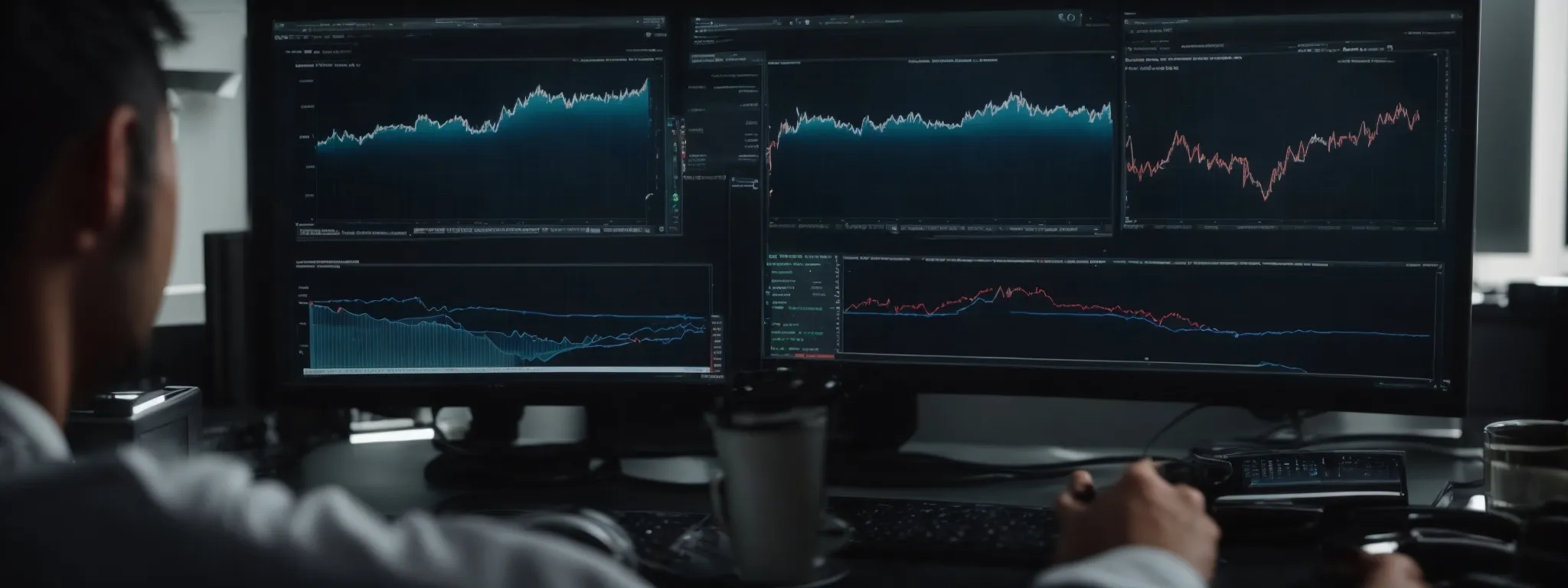
In the pursuit of robust profitability, businesses often find themselves entrenched in the complexities of advertising strategies, seeking ways to cut through the noise and Maximize Their Return on Investment (ROI).
This quest leads them to harness the power of ad optimization tools, innovative solutions specifically designed to refine advertising management and enhance campaign performance.
From streamlining PPC Google Ads services to applying predictive analytics for targeted advertising, ad optimization tools serve as the linchpins in the mechanics of ROI enhancement.
They enable marketers to not only gain a clearer understanding of their campaign’s effectiveness but also to make data-driven decisions that can significantly amplify financial outcomes.
As organizations consider the diverse array of tools at their disposal, understanding how these powerful assets impact ROI becomes a pivotal piece of the puzzle in realizing their marketing objectives.
Defining the Role of Ad Optimization in ROI Enhancement
Ad optimization plays a fundamental role in enhancing ROI by meticulously analyzing and adjusting key performance indicators (KPIs) of advertising campaigns. It sifts through a wealth of data, identifying trends and insights that foster informed decision-making.
Effectiveness of these tools hinges on the precision with which they dissect campaign metrics, pinpointing areas for enhancement and fine-tuning strategies to meet defined marketing goals:
| Campaign Variable | Insight | Action for ROI Enhancement |
|---|---|---|
| Keyword Performance | Analysis of search term success rates | Refinement of keyword strategy to optimize ad reach |
| Cost Per Click (CPC) | Monitoring of expenditures for each ad click | Adjustment of bid strategies to reduce costs |
| Conversion Rates | Evaluation of user actions post-ad engagement | Enhancement of landing pages and user experience for higher conversions |
Surveying Different Types of Ad Optimization Tools Available
In the dynamic realm of digital marketing, a spectrum of ad optimization tools stands ready to cater to different facets of advertising campaigns. These range from keyword research tools that fortify PPC campaign foundations to advanced machine learning algorithms capable of predicting user engagement and streamlining ad placements.
Companies continuously leverage these sophisticated tools, seeking not only to refine their advertising efforts but also to elevate user interactions, improve quality scores, and ultimately, increase click-through rates and conversions. As each tool brings its own strengths, an astute selection aligned with campaign objectives is crucial for maximizing ROI.
How Ad Optimization Tools Directly Impact ROI
Ad optimization tools exert a transformative impact on the ROI of advertising campaigns by empowering marketers with the capability to effectively reallocate resources. By scrutinizing performance data, these tools facilitate the elimination of underperforming ads and the amplification of successful strategies, streamlining costs and bolstering ad efficacy.
Through the implementation of these tools, businesses are privy to a granular view of their audience, ensuring that every dollar spent is targeted towards the most receptive user segments. This strategic financial deployment not only reduces waste but also enhances engagement, driving measurable uplifts in ROI.
| Campaign Facet | Optimization Insight | ROI Increment Strategy |
|---|---|---|
| Audience Targeting Accuracy | Analysis of demographic engagement | Concentration of budget on high-performing audience clusters |
| Ad Creative Performance | Evaluation of creative elements driving conversions | Refinement of ad visuals and copy to resonate with the target audience |
| Quality Score Improvement | Assessment of relevance and landing page experience | Optimization of ad relevance and user pathways for better ad positioning and CPC |
Essential Features of Ad Optimization Tools to Increase ROI
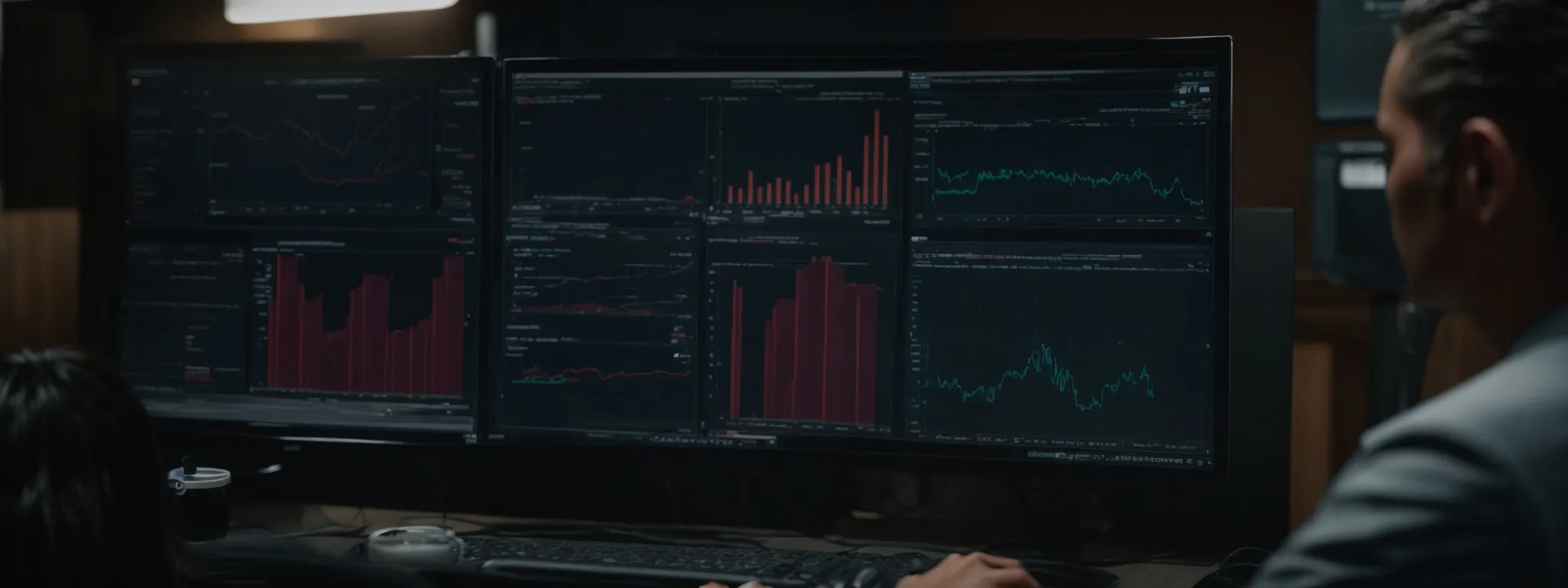
In the landscape of digital marketing, the quest for a favorable ROI demands strategic use of ad optimization tools, which stand as the bedrock of efficient advertising campaigns.
A comprehensive tool should offer robust targeting functionalities alongside deep analytical insights, enabling marketers to place their ads in front of the right audience at the optimal time while also steering their budget allocations with precision.
Intelligent ad optimization software is designed for those who aim to convert data into actionable intelligence, with features that delineate pathways to reduced ad spend and enhanced campaign performance, thereby unlocking unparalleled ROI potential.
Key Features to Look for in Ad Optimization Software
An efficacious ad optimization software distinguishes itself with a capacity for Real-Time Bidding Adjustments, ensuring that ad spend is matched with the fluidity of the digital marketplace. Precision controls over bidding strategies allow businesses to capitalize on market conditions while maximizing their advertising budget’s impact.
Moreover, such software should incorporate advanced machine learning engines that predict user behavior, allowing for the preemptive modification of ads to cater to the anticipated needs and interests of target audiences. This predictive power is critical for staying ahead of the engagement curve, ensuring that advertisements resonate deeply with consumers and yield optimal ROI.
Advanced Targeting Capabilities for Better Ad Placement
Securing an endearing ROI hinges significantly on the ad optimization tool’s prowess in targeting and placement. Advanced software extends beyond rudimentary demographic targeting, employing Behavioral Data and Contextual Analysis to pinpoint where and when ads should appear to captivate the most relevant audience segments.
With the ability to dissect search patterns and online user behavior, these sophisticated systems ensure that advertising efforts are not scattered aimlessly but are strategically placed in digital environments where they are most likely to provoke interest and action—an essential stride towards achieving an improved ROI.
Analytical Insights That Drive Cost-Effective Decisions
Ad optimization tools enhance the efficacy of decision-making through granular analytics, allowing businesses to identify not just surface-level trends but deeper behavioral insights. This precision unearthed from the myriad streams of data informs advertisers on where they should allocate resources to secure the highest engagement and conversion rates. Consequently, firms can make judicious cost-effective decisions, eliminating guesswork and financial inefficiencies from their advertising strategies.
Firms gain an upper hand when they harness the analytical prowess of ad optimization tools to scrutinize the overall health and performance of their campaigns. By assessing real-time data on user interactions and conversion pathways, these tools guide marketers in refining their approaches, reinforcing the ad campaigns that deliver optimal ROI while pruning those that fall short of the mark.
A/B Testing: The Secret Weapon of Ad Optimization
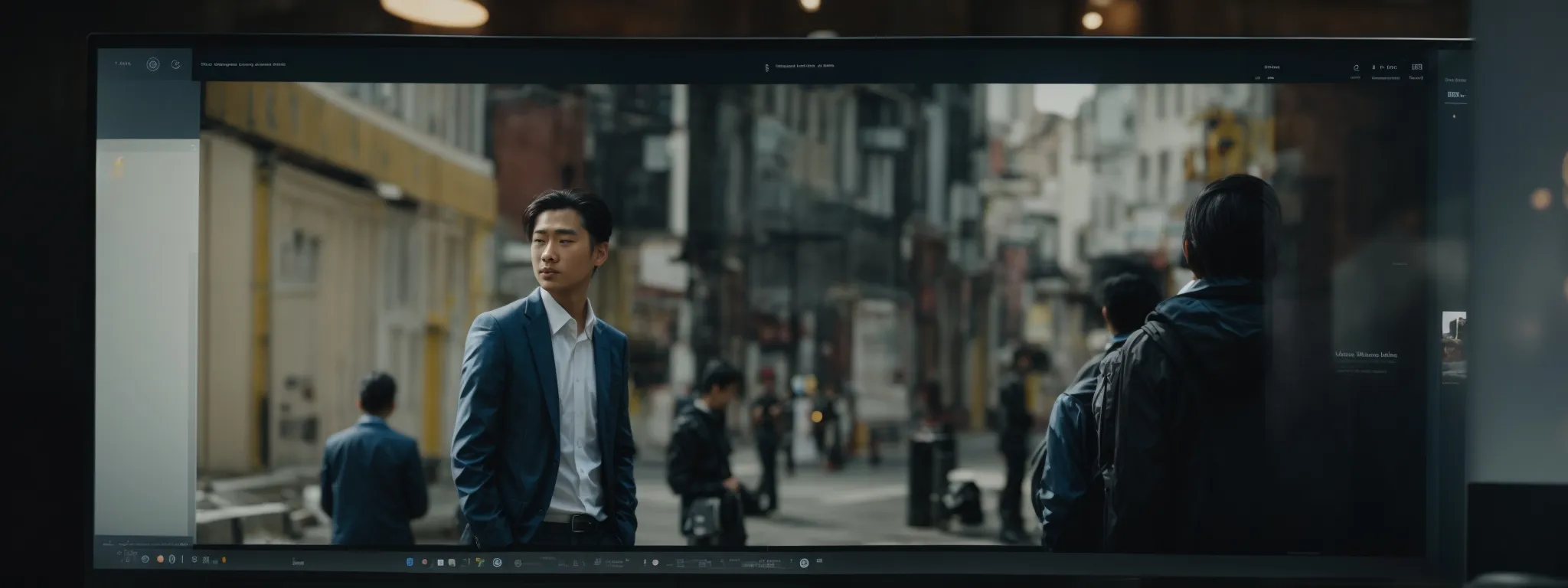
In an environment marked by escalating competition and the relentless quest for improved ad campaign yields, A/B testing emerges as a pivotal tool for discerning marketers.
This empirical approach to advertising enhancement allows for meticulous experimentation with different creative elements, targeting configurations, and messaging strategies, thus revealing the most effective formula for resonating with audiences.
Delving into A/B testing is not only about embracing a culture of empiricism but also about laying the groundwork for incremental adjustments that drive betterment in ad performance and ROI.
With a focus on improving every facet of the campaign—from initial impressions to the final click—A/B testing provides invaluable insights that shape informed, results-driven marketing strategies.
Understanding the Importance of a/B Testing in Ad Campaigns
In the competitive realm of digital advertising, A/B testing stands out as a fundamental technique that can significantly enhance the success of ad campaigns. By evaluating the impact of individual variables on campaign performance, A/B testing empowers marketers to make data-driven decisions that can markedly increase ROI.
This Methodical Approach to Campaign Refinement allows for continuous improvement, revealing which elements resonate most with the audience and driving optimization strategies directed towards higher conversions and lower acquisition costs:
| Variable | A Variation | B Variation | Outcome |
|---|---|---|---|
| Ad Copy | Emotional Appeal | Value Proposition | Determine copy that achieves higher click-through rate |
| Landing Page Layout | Minimalist Design | Detailed Informational | Assess layout that leads to increased user engagement |
| Call to Action (CTA) | ‘Learn More’ | ‘Get Started’ | Identify CTA that drives higher conversion rates |
Through the insights gathered, advertisers can adjust their campaigns in an agile manner, ensuring that their advertising spend is not just efficient but also calibrated for maximum ROI—making A/B testing an indispensable element of ad optimization.
Implementing a/B Tests to Improve Ad Performance
Initiating A/B tests as part of an ad optimization strategy requires meticulous planning and precise data collection. The implementation process involves creating a set of advertisements that display variable elements such as headlines, imagery, or calls to action to segments of the audience concurrently.
The data harvested from these concurrent exposures illuminates which variant performs best based on predetermined metrics like conversion rates, click-through rates, or time spent on a landing page. Through systematic testing and iterative enhancements, businesses can refine their ad campaigns to resonate more profoundly with their target users:
| Campaign Aspect | Variant A | Variant B | Performance Metric |
|---|---|---|---|
| Headline | Question-Based | Statistic-Focused | Engagement Rate |
| Visuals | Product Image | Lifestyle Scene | Click-Through Rate |
| Call to Action | Direct Approach | Benefits Highlight | Conversion Rate |
Insights garnered from A/B tests offer actionable intelligence, allowing businesses to amplify the efficacy of their campaigns. By elevating performance through evidence-based adjustments, advertisers ultimately enhance their campaigns’ ROI with greater precision and certainty.
Interpreting a/B Testing Results to Refine Marketing Strategies
As marketing teams grapple with the intricacies of campaign optimization, the interpretation of A/B testing results emerges as a cornerstone of strategic planning. Sifting through the comparative data equips marketers with a deeper understanding of consumer preferences, enabling precise adjustments to their strategies that resonate more effectively with their target market.
Resulting insights from A/B tests directly inform the advertising approach, allowing firms to distill the essence of what drives conversions and reinforce those elements in their marketing messages. Consequently, leveraging these outcomes not only streamlines the path towards amplified ROI, but it also consolidates the company’s brand message in the minds of its consumers.
Leveraging Machine Learning for Smarter Ad Bidding
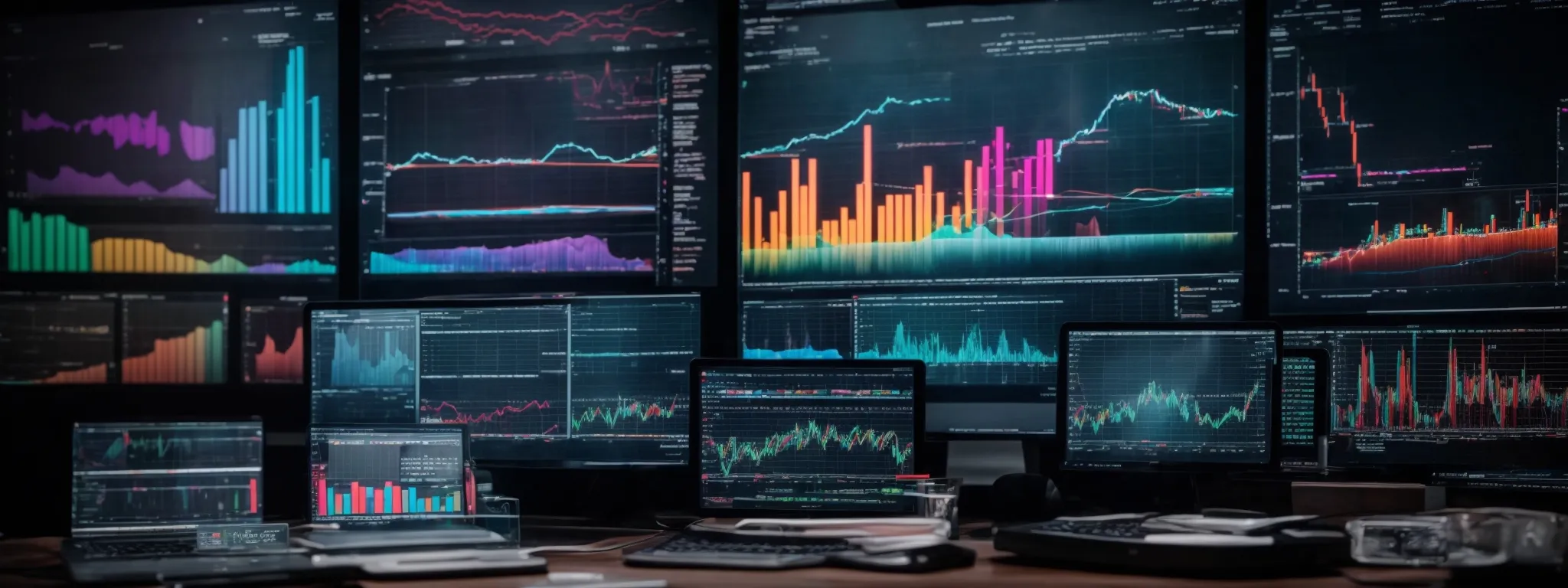
Within the digital marketing arena, sophisticated ad optimization tools equipped with artificial intelligence (AI) are reshaping the landscape of advertising spend.
These advanced systems utilize machine learning to analyze vast data sets, making real-time bidding decisions that are both cost-effective and strategically aligned with the goals of a campaign.
By delving into the basics of AI-driven ad bidding systems, one can appreciate the intricate algorithms that drive ad performance to new heights.
Implementing machine learning to modulate ad spend ensures an enhanced ROI by consistently targeting the most promising prospects.
Insightful case studies further illustrate the tangible benefits achieved through the integration of these intelligent systems, exemplifying their role as crucial assets in the arsenal of contemporary advertisers.
The Basics of AI-driven Ad Bidding Systems
In the realm of digital advertising, AI-driven ad bidding systems represent a transformative technological advancement, streamlining the bidding process through automation and sophisticated data analysis. These systems dynamically adjust bids for each ad placement, leveraging machine learning to predict the optimal bid amount that will yield the highest return on investment.
By analyzing historical data and monitoring real-time campaign performance, AI-driven bidding tools identify winning patterns and refine future bids, ensuring that advertisements are not only cost-effective but also placed in front of the most receptive audiences. This continuous learning process is essential for staying competitive and maximizing the efficacy of digital ad expenditure.
How Machine Learning Optimizes Ad Spend for Better ROI
Machine learning stands at the forefront of strategic ad placement, distilling complex patterns from large datasets to discern the most lucrative opportunities for ad spend. This smart technology eliminates guesswork, ensuring that each advertisement reaches its intended demographic with precision, thus significantly enhancing the potential for increased ROI.
Through its ability to learn and adapt, machine learning fine-tunes bid strategies to mitigate ineffective spending and amplify the impact of successful ads. The result is a more efficient allocation of marketing budgets, propelling businesses towards their financial goals with a keen sense of cost control and investment return.
Case Studies of Successful Machine Learning Ad Campaigns
Exploring the domain of machine learning in advertising, recent case studies demonstrate the stark impact of optimization on campaign success. An exemplary instance involved a retailer who deployed AI to analyze customer data, leading to a refined bidding strategy and a 150% boost in click-through-rate while simultaneously decreasing cost-per-click by 30%.
Another case featured a tech company that implemented machine learning algorithms to adjust their ad bids in real time. This approach not only maximized their ad exposure during peak user activity times but also brought about a 20% increase in conversion rates, solidifying the role of intelligent systems in achieving both efficiency and high returns on advertising investments.
The Role of Ad Creative Optimization in Maximizing ROI

Inmodern digital marketing, the creative aspects of advertising are as vital as the strategic, data-driven elements that comprise a campaign.
The challenge for businesses lies in striking an optimal balance between innovative ad creatives and the rigor of data analysis provided by ad optimization tools.
Understanding and enhancing the effectiveness of ad designs, imagery, and messaging through rigorous evaluation and refinement is crucial for driving higher returns on investment (ROI).
This intersection between creativity and analytics is where companies can develop, test, and iterate their ad creatives to resonate more powerfully with their target audiences, ensuring that the visuals and copy are not just eye-catching, but systematically honed for maximum campaign performance.
Balancing Ad Creativity With Data-Driven Optimization
Balancing the ingenuity of ad creatives with the precision of data-driven optimization is akin to conducting an orchestra where both melody and rhythm play pivotal roles. The creativity ingrained in ad design and messaging sets the tone, while the harmony is achieved through analytics that determine the exact notes that resonate with the audience.
Effectiveness in advertising springs from this blend, with compelling visuals and persuasive copy attuned by the insights drawn from user data and engagement metrics. Such a strategy ensures that creative efforts are guided by empirical evidence to captivate and convert the target demographic effectively:
- Ad creatives are ideated and developed with a strong emphasis on aesthetic appeal and brand alignment.
- Data analysis steps in to refine and validate the creative choices, ensuring they are optimized for audience engagement.
- The resulting synergy between creativity and analytics propels campaigns towards higher ROI, forging a path for both innovative execution and data-enriched optimization.
Tools for Analyzing and Optimizing Ad Creative Performance
In the arsenal of a digital marketer, tools that specialize in analyzing and optimizing ad creatives are paramount in sharpening the effectiveness of ad campaigns. By employing technology that can track and assess visual engagement, these tools provide actionable insights into which creative elements are resonating with audiences.
Utilizing such tools enables marketers to dissect ad performance at a granular level, optimizing elements such as visuals, headlines, and call-to-actions based on robust data:
| Ad Element | Performance Metric | Optimization Strategy |
|---|---|---|
| Visuals | View-through Rate | Test images against audience segments for engagement |
| Headlines | Click-through Rate | Refine messaging to boost ad relevance and response |
| Call-To-Action | Conversion Rate | Experiment with different action phrases to increase conversions |
The crisp execution of these strategies, grounded in data, can lead to a noticeable uplift in performance metrics—serving to increase ROI while maintaining the integrity and aesthetic appeal of the ad creatives.
Strategies to Test and Iterate Ad Creatives for Higher ROI
In the pursuit of higher ROI, testing and iterating ad creatives is a methodology that yields quantifiable dividends. Marketers who develop a cycle of evaluating ad performance, implementing creative variations, and measuring the outcome ensure a continual improvement of their campaigns, effectively elevating the likelihood of a stronger ROI.
Through strategic experimentation, brands can refine their advertising messages, identifying which creative elements foster the deepest connection with their audiences. This focused approach to ad optimization unlocks the potential to transform modest gains into substantial returns, as each iteration is fine-tuned to enhance engagement and conversion rates.
Integrating Ad Optimization Tools With Your Marketing Stack
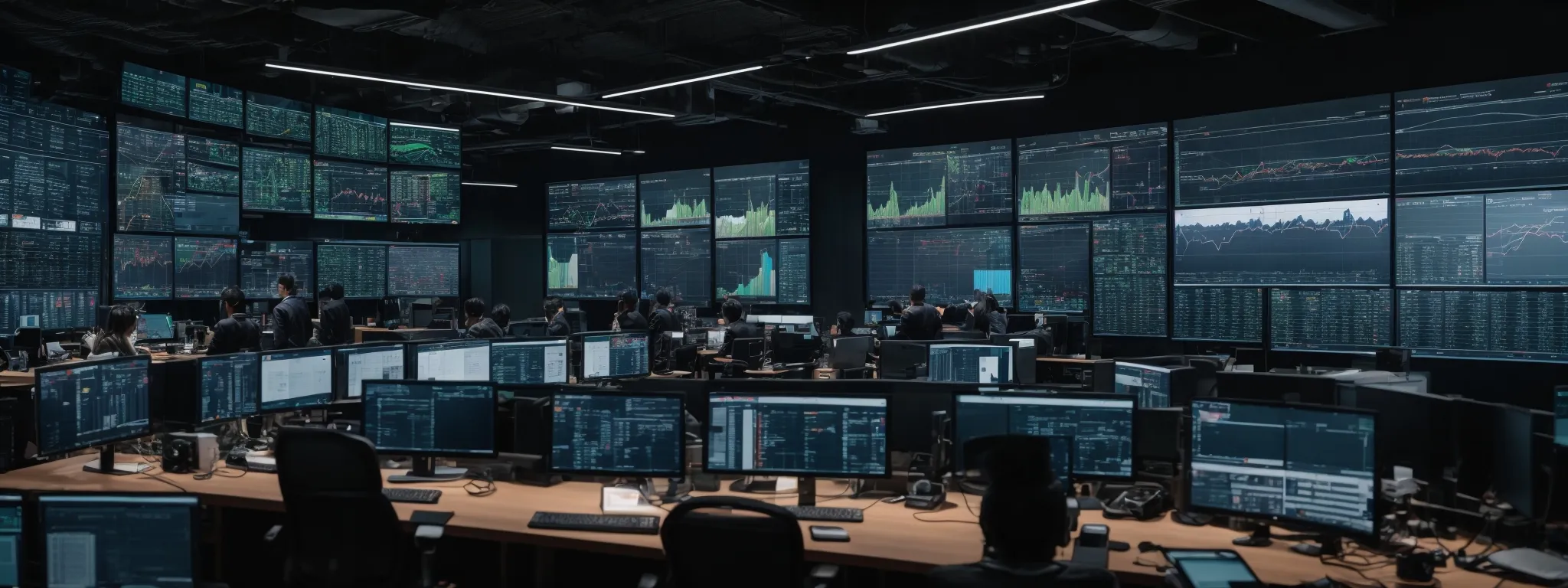
In an era where the harmonization of technology augments strategic prowess, integrating ad optimization tools with an existing marketing stack is not just innovative—it’s essential.
By amalgamating these platforms, organizations harness the benefits of streamlined workflows and augmented data intelligence, leading to decisively superior ad performance and heightened ROI.
Such Integration Facilitates a Seamless Data Exchange, ensuring that insights from every corner of the marketing ecosystem contribute to a unified, results-driven advertising strategy.
Firms that seize the opportunity to blend ad tech with other marketing software are often the architects behind campaigns that not only captivate but also convert, as evidenced by progressive case studies spotlighting the uplift in campaign ROI attributable to a well-synchronized marketing stack.
The Benefits of Integrating Ad Tools With Other Marketing Software
Integration of ad optimization tools with other marketing software catalyzes a data-driven harmonization, fostering a comprehensive visibility into campaign performances across various channels. This amalgamation not only streamlines campaign management but also empowers marketers with the ability to orchestrate precisely targeted, Cohesive Advertising Strategies that bolster ROI.
Consolidating ad tools within the broader marketing stack allows for an uninterrupted flow of information, paving the way for real-time analytical assessments and swift strategic adjustments. Such interconnectedness ensures that resource allocation is nimble and reflective of the evolving marketplace, securing enhanced returns on advertising investments with remarkable accuracy and efficiency.
Ensuring Seamless Data Flow Between Platforms for Optimal Results
When integrating ad optimization tools within the marketing stack, it is imperative to foster a seamless data flow that underpins the vitality of inter-platform communication. This fluid exchange of information accelerates the response time to market shifts, enabling dynamic ad adjustments that home in on efficiency and ROI magnification.
By bridging disparate systems and harmonizing data streams, businesses cultivate a robust infrastructure that not only augments analytical precision but also lays the groundwork for a unified and result-oriented advertising approach. Such integration propels data-driven decisions and seamlessly blends the various facets of marketing into a cohesive strategy that maximizes returns.
Examples of Integrated Marketing Stacks Boosting Ad Campaign ROI
In a case study showcasing the power of integrated marketing stacks, a leading e-commerce brand witnessed a Significant Uptick in Ad Campaign ROI. By synchronizing their ad optimization tools with CRM and analytics platforms, the company achieved a 30% rise in conversion rates and a notable decrease in cost per acquisition.
Another illustration of effectiveness comes from a B2B service provider who unified their marketing stack, incorporating ad optimization with their content management and email marketing systems. This strategic move led to a 25% increase in qualified leads and an impressive 40% boost in campaign ROI, underscoring the transformative impact of a well-coordinated tech ecosystem.
| Company Type | Integration Components | Results Achieved |
|---|---|---|
| E-commerce Brand | Ad Tools, CRM, Analytics | 30% Increase in Conversion Rates, Lower Cost Per Acquisition |
| B2B Service Provider | Ad Tools, Content Management, Email Marketing | 25% Increase in Qualified Leads, 40% Increase in ROI |
Conclusion
In conclusion, the effective utilization of ad optimization tools is critical for businesses aiming to maximize their return on investment (ROI) in the competitive digital advertising landscape.
These tools enable precise campaign measurement and refinement across multiple variables, such as keyword performance, audience targeting, and creative design, leading to enhanced campaign performance and increased financial outcomes.
With features like real-time bidding adjustments, advanced machine learning, and A/B testing, ad optimization tools empower marketers to make data-driven decisions that significantly improve ad spend efficiency and conversion rates.
By integrating these tools into their marketing stack, companies can ensure a seamless flow of data and a unified strategy that resonates with their target audience, yielding higher engagement and ROI.
The strategic balance of creativity with analytical insights, coupled with the constant evaluation and iteration of ad campaigns, solidifies the role of ad optimization tools as invaluable for achieving robust profitability.















































































